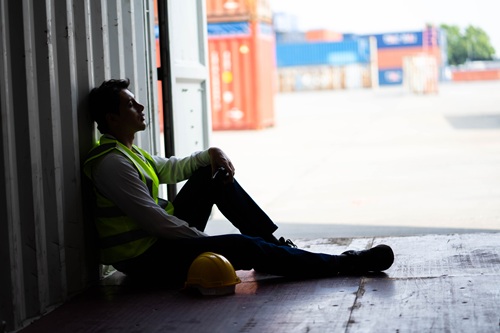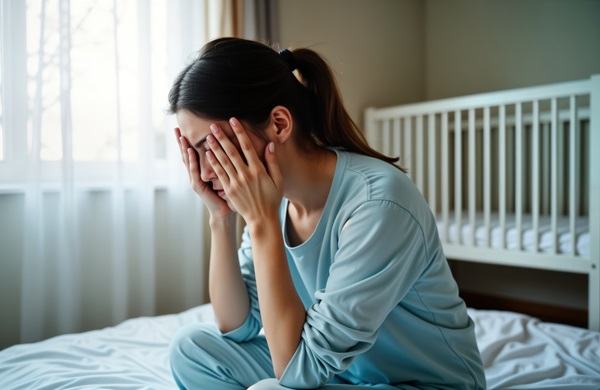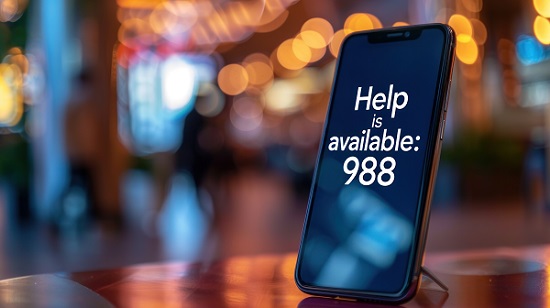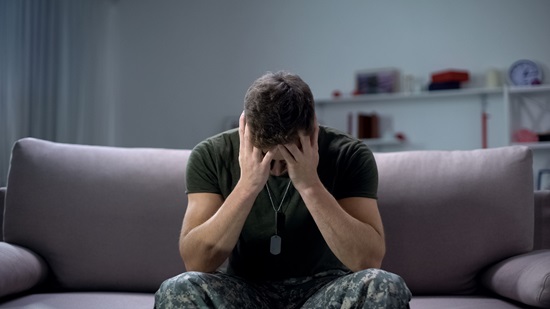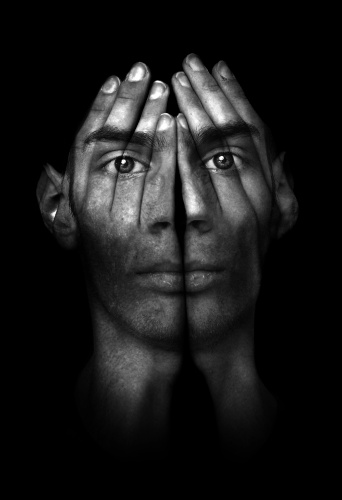Study: Personal Connection Can Help Suicide Prevention Resources Reach Veterans
The veteran suicide rate remains twice as high as that of non-veterans
Veterans have made countless sacrifices for our country, and one that doesn’t get enough attention is the toll their service can take on mental health, leading to increased risk of suicide.
A recent study from the Kem C. Gardner Policy Institute at the University of Utah sheds light on what can be done to help at-risk veterans access suicide prevention resources. According to the Institute, personal connection may be the key to unlocking those resources and reducing veterans’ suicide risk.
The suicide crisis among America’s veterans
Veterans have long been known to have a highly elevated suicide risk. According to the Veterans Administration, the veteran suicide rate of 34.7 deaths per 100,000 is about double the suicide rate for non-veteran adults. According to the American Psychological Association, some reasons for this elevated risk include:
- Mental illness associated with military service, such as post-traumatic stress disorder (PTSD).
- Physical injuries, including traumatic brain injuries (TBI), which can affect mental health.
- Difficulty transitioning back to civilian life—suicide risk among veterans is highest in the years immediately following separation from the military.
- Easy access to and familiarity with guns, which are by far the most lethal and commonly used suicide method.
- Stress, burnout, isolation, and loneliness.
Key findings from the Gardner Institute study
The Gardner Institute’s research found that personal connection plays a vital role in allowing veterans to reach suicide prevention resources. Veterans are more likely to trust information from sources they know personally, including their doctors and therapists, as well as their friends, family, and peers.
The research also showed that overcoming mistrust in mental health resources will be a critical step. For instance, just over one-third of the veterans surveyed said they trusted mental health crisis response services—but a majority of those who had actually used such services said they found the response helpful. In other words, once veterans actually have the opportunity to access services, they are more likely to see the value of those services.
Another key to veteran suicide prevention is simply providing veterans with access to information. The study found that 25% of veterans have never even looked for information on mental health and suicide prevention resources, and 17% are unsure how to access them.
Finally, the study highlighted both systemic and personal barriers to accessing mental health care, including the “warrior ethos” among current and former military members, fear that accessing mental health resources could affect career advancement, and highly practical concerns such as long wait times to access services. Policymakers need to do their part to lower those systemic barriers, and we all need to do our part to end the stigma around mental health treatment, both for veterans and for society at large.
Medical professionals need to be aware of suicide risks and barriers to treatment
Veterans are one of several populations at elevated risk of suicide, and each of those populations has its own unique challenges. Medical professionals who treat patients at risk of suicide need to be aware of the complex, interconnected factors that affect suicide risk. They also need to recognize both the importance of mental health services and the barriers to accessing those services, and work with each patient to overcome those barriers and get them the treatment they need.
Unfortunately, too many medical professionals fail in that responsibility, and the result can be a preventable tragedy. The Law Offices of Skip Simpson is here to advocate for justice for victims and their families. If you have lost a loved one to suicide completion, give us a call or contact us online for a free, confidential consultation. We serve families throughout the United States.



